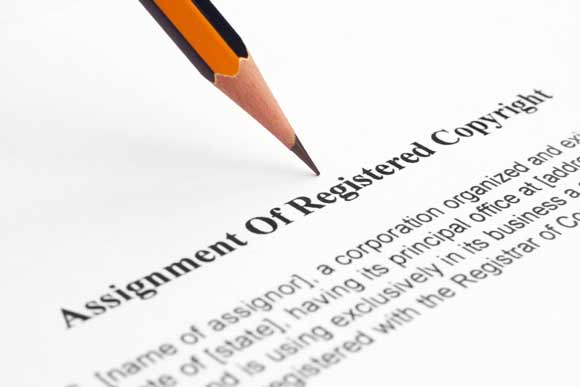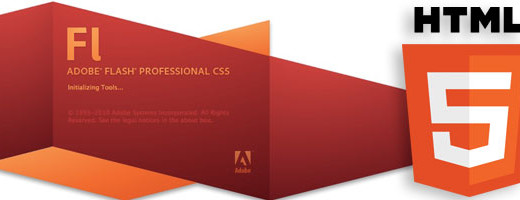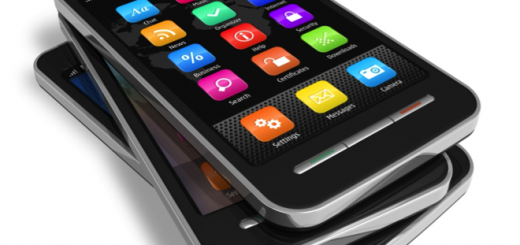How to Write the Perfect Web Design Contract
1Back in August I wrote an article about fatal mistakes freelancers should never make. The article was targeted to web design freelancers; therefore we will continue today and go a bit more into details for the same category. One of the most common mistakes by both parties was working without a signed contract, because it might lead to misunderstandings and late payments, or worse, no payments for your work.

There are many things to write into a web design contract and you might even remember some other ones after you read the article, but the ones I am going to name here are hugely important and should not be missing from the deal between you and the employer. This contract might save you from some stress, time and money, so it’s necessary that you put a lot of work into a draft and use it whenever you need it.
Money
The title is short and says it all. You have to be sure you will get the money at the end of the project. In the end, you trade your time and skills for cash. Moreover, you also have to make sure you will get the payment in time.
Write down how you expect to get paid (cash, PayPal, credit card, bank transfer) and specify the necessary information from the beginning. You will not hear excuses like “I didn’t know your PayPal e-mail address”, and the employer will know from the beginning what is expected from him.

Image by shutterstock
If you need different tools throughout the project, it is a good idea to name the ones that you already have and the ones the employer will have to pay for. I am sure all of you have the Adobe Suite and the employer will not have to pay for it. However, if you need a premium font, theme or JavaScript from the internet, you will probably not pay for it yourself. Make it clear from the beginning!
If you work with milestone payments (which I advise you to do if the project is a long-term or a complex one), specify them in the deal, and name the sum of money you want at the end of each milestone. Last, but not least, specify the exact date you want the money to be transferred after the agreed deadline/milestones.
Copyright
Although this should be clear to everybody, it is a good idea to name it in the contract as well. If you design a website and get paid for it, usually it will be the client who owns it in the end. However, it is not unheard of that the designer retains copyright in different countries, such as the UK.
If you plan to develop a jQuery for the project, you have to specify that you retain copyright for it and will use it again. Handing over all rights to the client upon delivery will have an influence on the final price of the project, therefore it is very important to discuss this with the client at the outset.

Image by shutterstock
After the delivery
I had this problem so many times that it is always in my mind when I first chat with a prospective or future client. You always need to specify when you are out of a project. Clients might not release the payment until they are fully satisfied with the delivered result and having a contract can make the client agree to a specific number of revisions.
Most of the time, the clients will ask you to revise their website after a period, to do maintaining work or improve the product. You don’t want to do that, especially when some clients ask you to act on it for free – and immediately. Put this in the contract too, it will save you stress.
However, do not generalize. Some clients are like that and I had quite some bad experiences myself, but not all of them are the same. It is good to also put in the contract information about a warranty (if something happens because of a poorly coded website); if you quoted for something, at least make sure you deliver it properly.
What is the final product?
Last year I was in a weird situation. I’ve worked on an exhaustive project with two other guys and, instead of saying that we will only deliver a concept design with some back-end elements, we promised too much and we had to finish the product and work on it after the deadline. This took a lot of work and stress for our developer and we promised not to leave out this clause from a deal again.
It is important to name from the beginning the exact product you will deliver. Nothing more, nothing less. Will you offer the PSD files as well, the Design Brief in print and PDF, the website on a CD or stick and so on. Do not leave this important information out. Keep it simple and do not forget that not all of your clients are tech-savvy, therefore keep the jargon out.

Image by shutterstock
You should also describe the tools you will use, such as JavaScript, ASP.Net and so on. Some clients might not understand anything from it, but for the other category is important to know.
Emergency clauses
It is very useful to introduce some emergency clauses in the deal, which you can activate in case of health problems, hospitalization or any other unforeseen events. If you are in a total inability to continue working, you can always activate one of these clauses and return to the project later, or recommend someone else to take care of it.
This will also delay payments and will extend deadlines, so don’t expect to continue getting paid until you start working again.
Other tips
These were the most important things you have to talk about in the contract, but there are also some other advices you might want to consider.
Keep the contract simple, as said before. It is an important part of any work relationship, but let’s not make a full 40 pages report out of it. Two-three pages should be enough, print it two times, sign it, get the client’s signature and start working. It is that simple. The good contracts are the ones that are easy to remember and understand, without jargon if possible and stipulating all the important information to remember.
Another clause you should introduce is the cancellation clause. In some of your projects it is very likely that you will not want to continue working, therefore it might be in the interest of both parties to stop the collaboration. Be very specific about what happens with the payment in this case and always break up in good terms.

Image by shutterstock
Before sending the contract to be signed by the client, read it again one more time and make sure this is really what you want. See if it’s possible that a clause will create a lot of stress for you at some point in time and modify it. Do not forget, it is always you that has to offer the client a contract. Most of them will not have this idea themselves, because they know that having the money means having the power. Therefore because you are the one to submit the contract, first make sure it fits your needs.
If you do not wish to create a contract from scratch, you can find many good drafts by searching on Google, but one of the good ones can be downloaded from here.
Conclusion
Having a contract to secure your payment at the end of a project is always a good idea and I do not recommend working on big or complex assignments without a signed deal. Sure, there may be some clients that will reject your offer of signing a contract, but just think about it, are those clients the ones you would like to work with?
What kind of clauses do you usually insert in your contract? Is there something I’ve missed out?





Good written article, really nice concept and points are discussed in it. Really useful for me to making contracts with my clients. Thanks for informative suggestions.